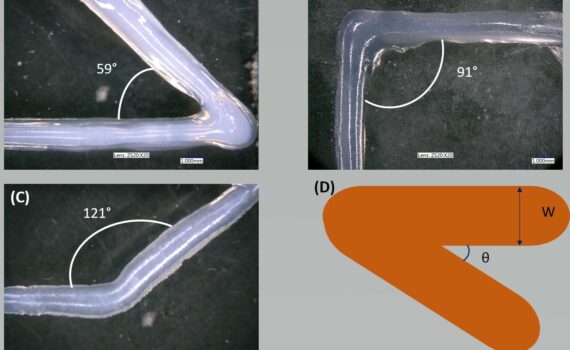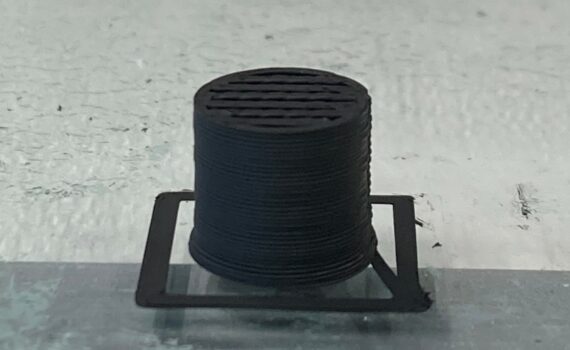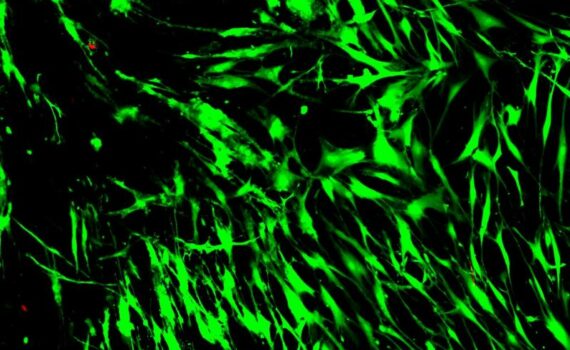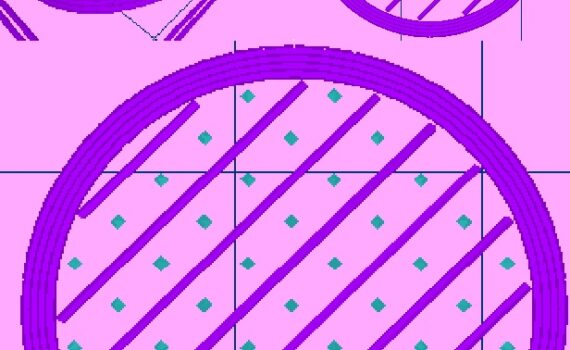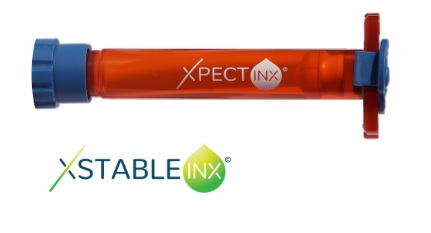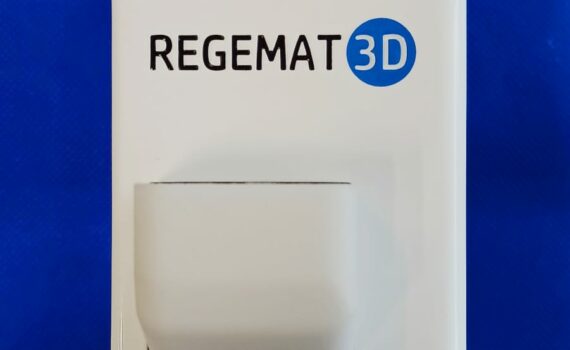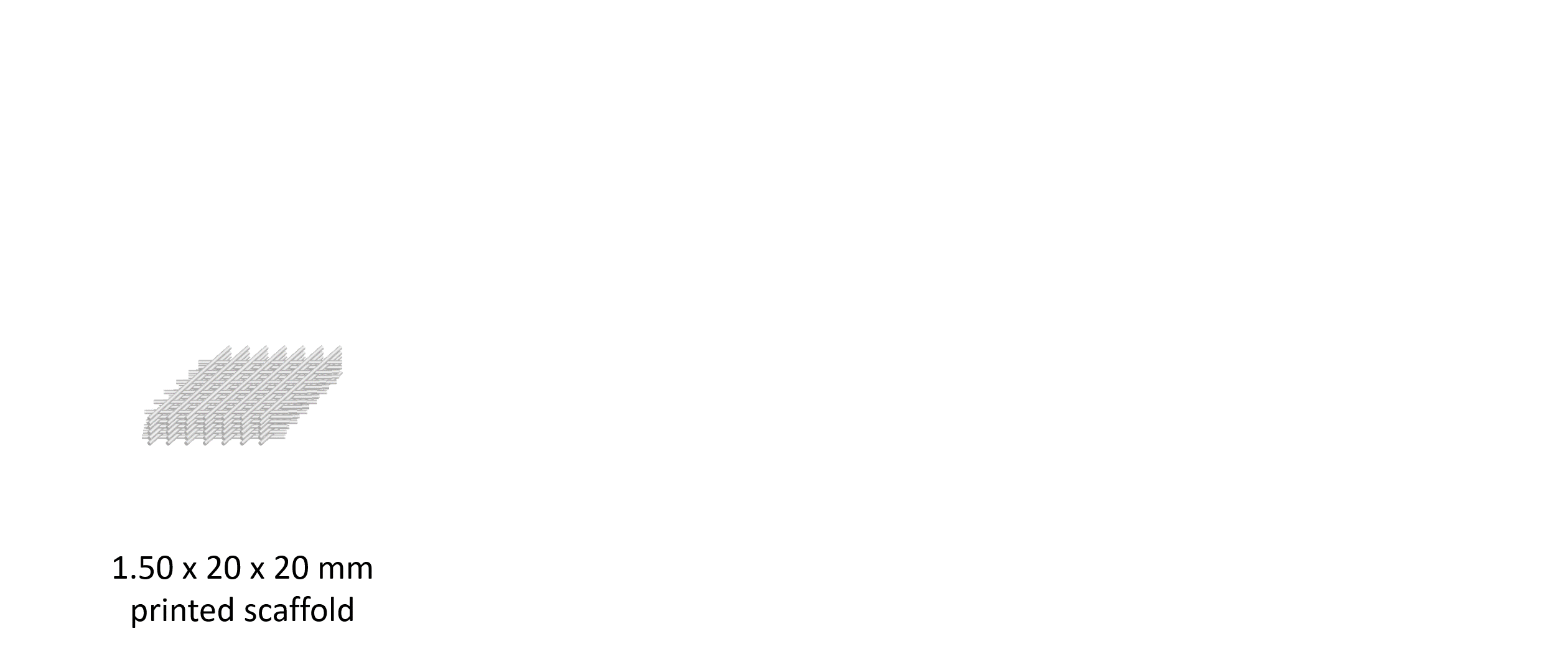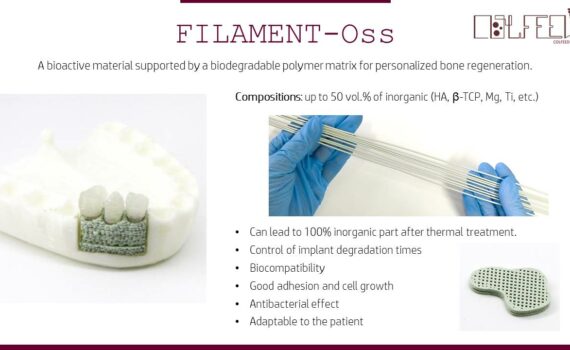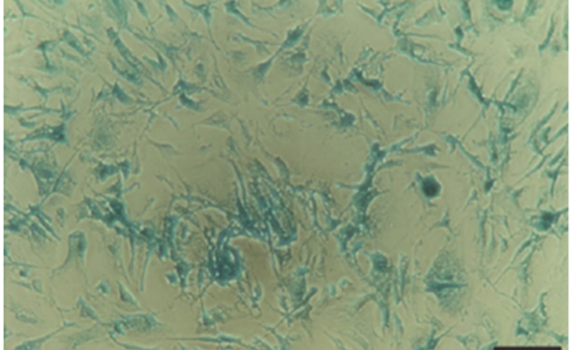+50 ABSTRACT 3D bioprinting has recently emerged as a crucial technology in tissue engineering, yet there are still challenges in selecting materials to obtain good print quality. Therefore, it is essential to study the influence of the chosen material (i.e., bioink) and the printing parameters on the final result. The […]
3D bioprinting technology
+20 Introduction Electrically conductive thermoplastic elastomers hold idyllic attributes for the 3D printing of flexible and electroconductive scaffolds with applications in electronics, electromagnetics and computer industries. Beyond these applications, they have a tremendous potential in the biomedical sector. Due to their enhanced biocompatibility, they can be used as biosensors and […]
+20 In the picture: 👀 99% of cell viability with ColBioink formulation. This material is a native Type I collagen formulation that comes from porcine origin and is in a “ready to print format”. It also ensures that the formed structures can be safely grafted without immune rejection and used […]
00 “Next generation gelatin-based bio-ink.” Introduction X EASYGEL INX© is a gelatin-based shear thinning, cell-interactive ECM mimicking ink. X EASYGEL INX combines all the benefits of conventional gelatin/gel-MA based inks in combination with a highly improved printing process thanks to its shear thinning behavior, as schematically presented in Figure 1a. […]
+10 Hydroxypropyl methylcellulose METHOCEL ™ K4M (Colorcon Ltd., UK) was used as hydrophilic polymer to prepare drug-loaded hydrogels for IVF. Anhydrous theophylline (Acofarma, Spain) has been used as a model drug. HPMC (1% w/v) gel was prepared by adding powdered HPMC into 100 ml of hot water (90 °C) and […]
+20 “Stability for Long Lasting Support.” Introduction X Stable INX© is a synthetic shear thinning, cell-interactive scaffold ink. X Stable INX allows an easy printing process thanks to its shear thinning behavior, as schematically presented in Figure 1a. At high shear rates, it exhibits a low viscosity which is favorable […]
+20 Introduction Material extrusion is an additive manufacturing technique that uses a continuous filament of thermoplastic or composite material to construct 3D parts. Filament-based material extrusion is the most common practice in the 3D printing community. However, it’s not necessary for extrusion to only work with filament. In fact, pellet […]
+30 Facilan™ PCL 100 Filament (MW = 50000 g/mol) was used as 3D printing filament. The scaffolds were designed with the software Regemat3D Designer v1.4.4 and printed using a Regemat3D Bio V1® bioprinter (REG4Life, REGEMAT 3D, Granada, Spain) equipped with a glass bed and a 0.4 mm diameter nozzle. The […]
+30 The printing process of FILAMENT-Oss is carried out by a Fused Filament Fabrication process (FFF/FDM). As any other Additive Manufacturing technique, the FFF creates a physical 3D object from a digital model (usually a CAD representation) which is sliced in layers at consecutive height levels. The process requires of […]
+20 Introduction Liposomes are spherical vesicles consisting of one or more concentric phospholipid bilayers enclosing an aqueous core. Nontoxic and biodegradable liposomes are useful tools to package both hydrophilic and hydrophobic biomolecules (including therapeutic agents) that may be further incorporated into target cells to elicit functional changes. Extensive research is […]

